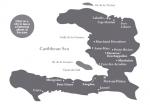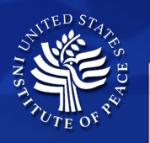Overseas Development Institute: Learning From the Haiti Response
 Without a doubt, post earthquake Haiti was a complex and difficult humanitarian situation. However, the response could have been much better. Below is a blog by Simon Levine which asks why we have not learned from past emergencies and why it is that we may not learn from this one as well. Immediately after is a special issue of Humanitarian Exchange, published by the Overseas Development Institute (ODI), which explores the experiences of humanitarian actors involved in the earthquake response.
Without a doubt, post earthquake Haiti was a complex and difficult humanitarian situation. However, the response could have been much better. Below is a blog by Simon Levine which asks why we have not learned from past emergencies and why it is that we may not learn from this one as well. Immediately after is a special issue of Humanitarian Exchange, published by the Overseas Development Institute (ODI), which explores the experiences of humanitarian actors involved in the earthquake response.











